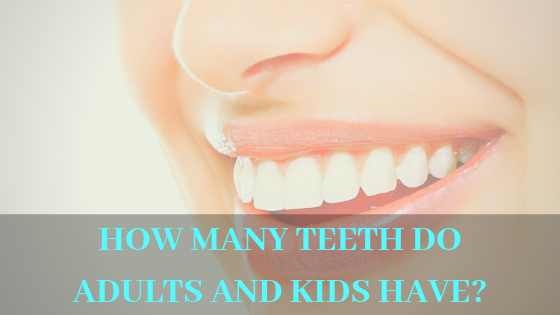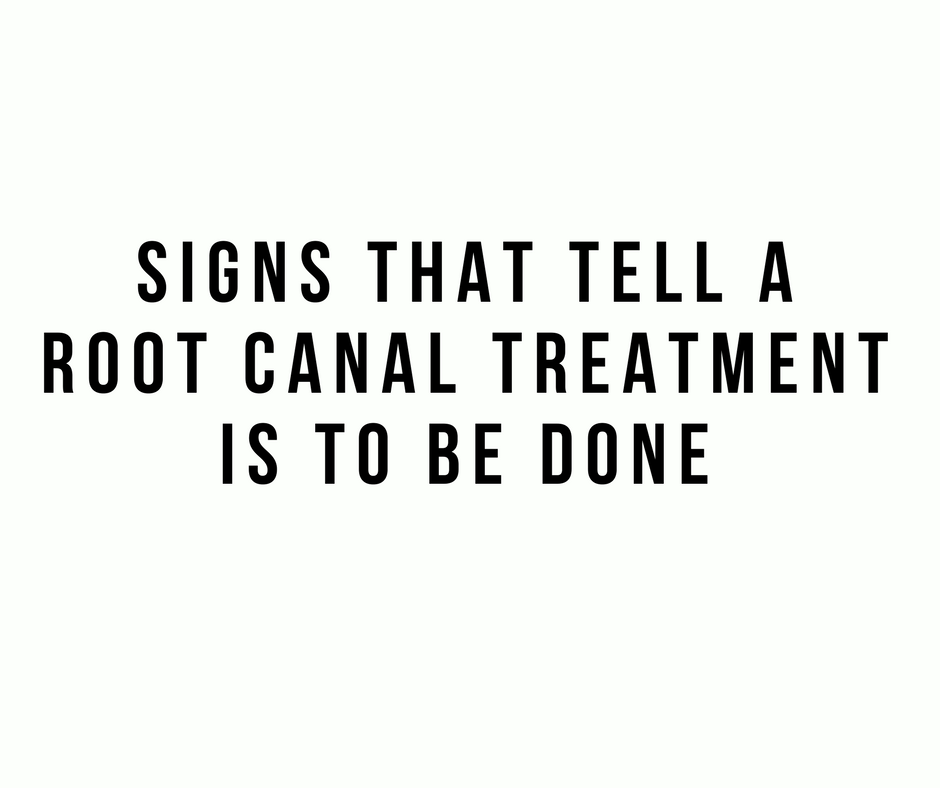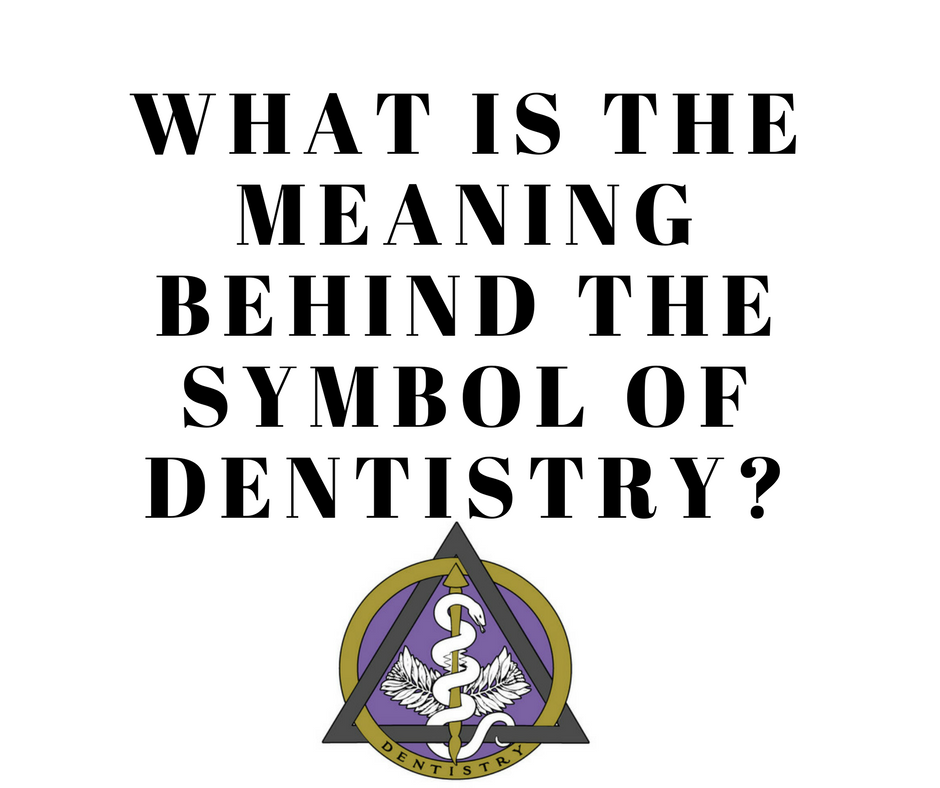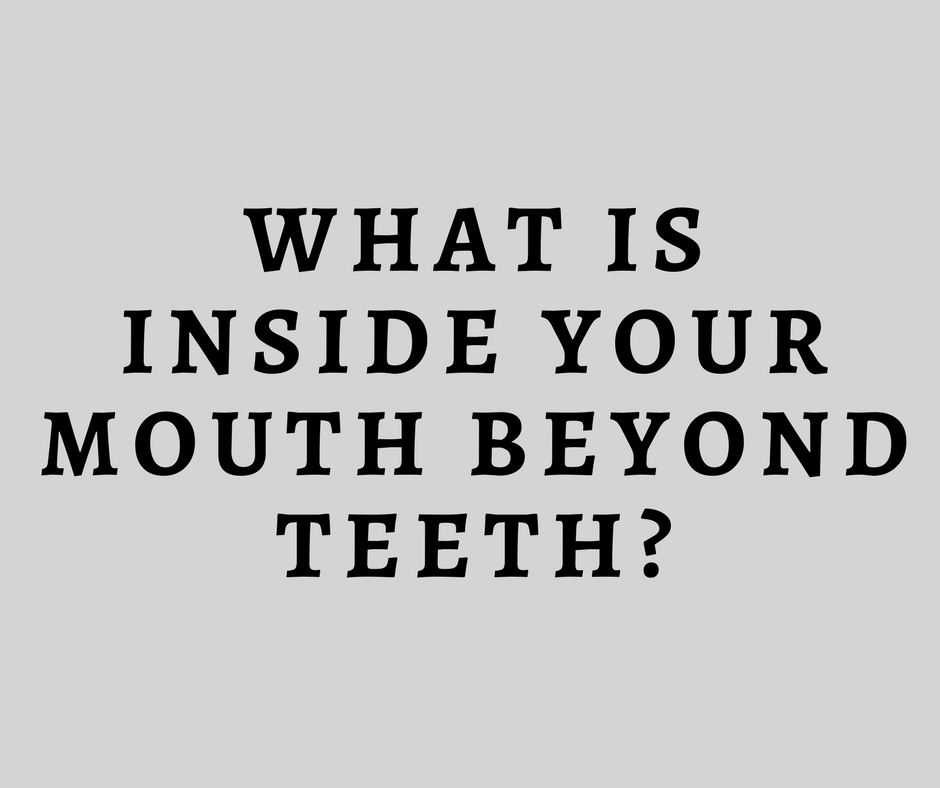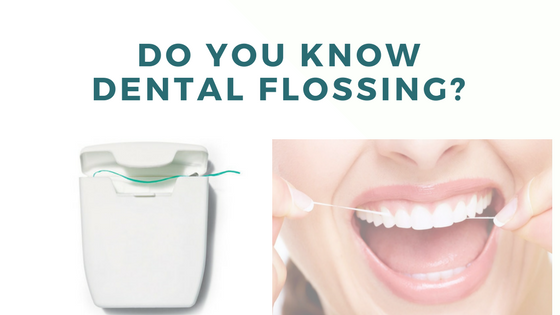
Do you know dental flossing?
Y
A dental floss is a filament or thread like thing that is used to remove dental plaque from the inter dental areas. Dental Flossing is done to remove debris from that surface of the teeth where the tooth brush is unable to reach. The plaque that stays within the teeth has bacteria in that produce acid which is the main case of inter dental caries.
According to the research, it is seen that if a person flosses daily then 80% of the bacteria is removed thereby preventing dental caries. Although this is not a substitute of brushing but can be used as an adjunct.
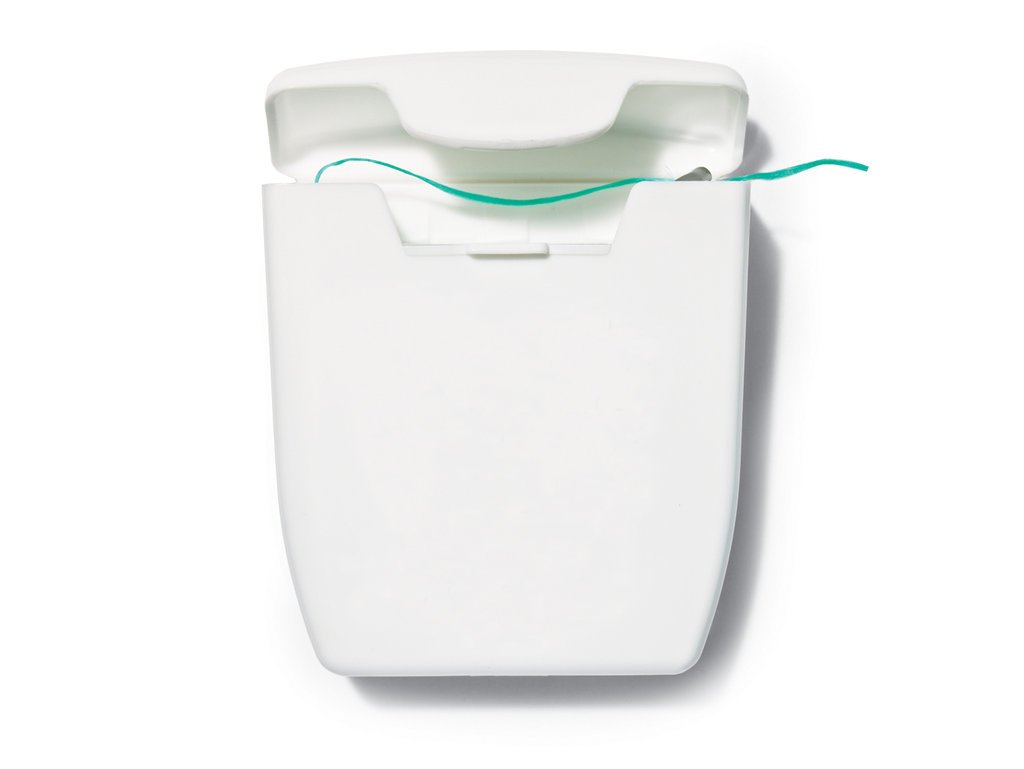
Types of dental floss-
There a variety of floss available easily in the market apart from those waxed, un-waxed or flavored, unflavored dental floss. Choose the dental floss according to your own personal preference. The other type of floss includes-
- Nylon floss- these are made of multiple filaments and are commonly used because it is not expensive. But these tend to shred easily and quickly so the area is cleaned properly.
- PTFE or Teflon floss- this one is made up of a single strand or mono filament thread that easily glides in to even the tightest contact point in between two teeth.
- Tape floss- this type of floss is the best for those having wider spaces in between teeth.
If it becomes difficult to hold the floss in hand, then floss holders or wands are also available as f-shaped and y- shaped for better handling.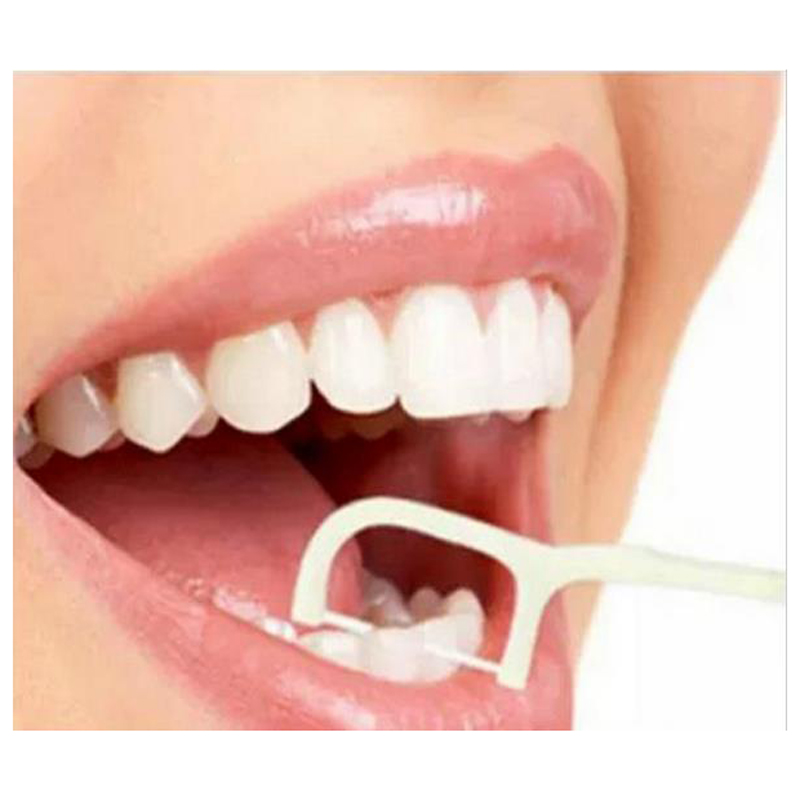
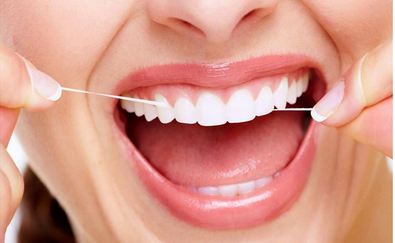
Procedure or technique of flossing-
- Floss is usually available in a plastic dispenser containing about 100 meters of thread in it. One must pull out at least 40cm of floss and cut with the blade on the edge of the dispenser.
- Now wrap the floss around your middle from both the ends while leaving about 4 to 5 inches exposed so as to clean the teeth.
- Then hold the floss within the thumb and fore fingers of both hands and start flossing gently. Make ‘C’ sections and floss slowly when the floss is in contact with the gums.
- You should floss between the inter dental spaces of every single tooth to get effective results.
- Floss prior to brushing. This will allow the fluoride to enter into those spaces that was previously occupied by food particles. This will help in getting a cavity free mouth.

